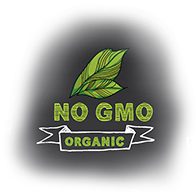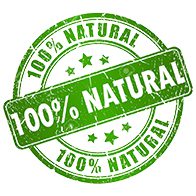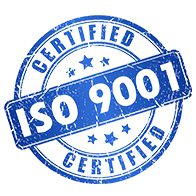Introduction to Amino Acid Fertilizers
Amino acid fertilizers are organic supplements made from proteins and full of nitrogen-rich compounds that plants love. Think of them as energy shots for your plants; they give them quick nutrition and make them stronger.
What are amino acids, and why do plants need them?
What amino acids do for plants’ metabolism
Amino acids are the parts that make up proteins, just like LEGO bricks make up castles. They are very important for making enzymes, hormones, and DNA in plants. Photosynthesis slows down, roots stop growing, and plants don’t grow as fast without them. Glutamic acid, for instance, helps roots grow, and proline helps plants deal with stress during dry spells.
Importance of Amino Acids for Plant Growth
- Glycine: Increases the production of chlorophyll (which makes leaves greener).
- Alanine: Helps make more sugar, which makes fruits taste better.
- Lysine: Helps seeds sprout and flowers bloom.
Types of Amino Acid Fertilizers
Plant-Based Amino Acid Fertilizers
These come from plants like soybeans or peas and are vegan-friendly. They also have a lot of certain amino profiles.
Pea Protein Hydrolysate vs. Soybean Meal
Soybean meal has a good balance of amino acids, but it can be acidic. Pea hydrolysate, on the other hand, is alkaline and works well with plants that are sensitive, like tomatoes.
Animal-Based Amino Acid Fertilizers
These contain a lot of nitrogen and come from fish, blood, or feathers.
Blood Meal vs. Fish Hydrolysate
Fish hydrolysate smells fishy and takes a long time to work, while blood meal releases nitrogen quickly, which is great for a “burst” of growth.
How Do Amino Acid Fertilizers Work?
Mineral Chelation
Amino acids wrap around nutrients like iron and zinc and carry them to plant roots, like little cars. Minerals stay stuck in the soil and can’t be used without chelation.
Increasing Plants’ Ability to Handle Stress
Plants that have been treated with amino acids turn on protective genes when there is a drought or frost. It’s like giving them a shield against the bullets of nature.
Encouraging the Growth of Roots and the Absorption of Nutrients
Amino acids make root hairs grow, which makes the surface area bigger for taking in water and nutrients. Plants are happier when they have more roots!
Advantages of Using Amino Acid Fertilizers
Better growth and yield of plants
Tomatoes that have been given amino acids can produce 30% more fruit. Why? They grow faster and stronger, which takes energy away from reproduction.
Better ability to handle stress from the environment
Crops that can handle salt? Yes, please. Amino acids help plants get rid of sodium, which makes them great for farming near the ocean.
Promoting Microbial Activity and Soil Health
Microbes eat amino acids and multiply to break down organic matter and add air to soil. Plants are healthier when the soil is healthier.
Eco-Friendly and Sustainable Agriculture
Less chemical runoff and a smaller carbon footprint? Fertilizers made from amino acids meet both of these goals, which is good for green farming.
How to Use Amino Acid Fertilizers
Spraying the leaves vs. soaking the soil
Foliar sprays put nutrients right on the leaves (quick fix!), while soil drenching feeds the roots over time. Pick based on how urgent it is!
When and how often to apply
The best times to apply it to the soil are in the spring and fall. To avoid evaporation, foliar sprays work best in the morning or evening.
Works well with other fertilizers and pesticides
Mix amino acids with compost tea to make a great combination. Don’t mix with synthetic pesticides because they can kill microbes.













